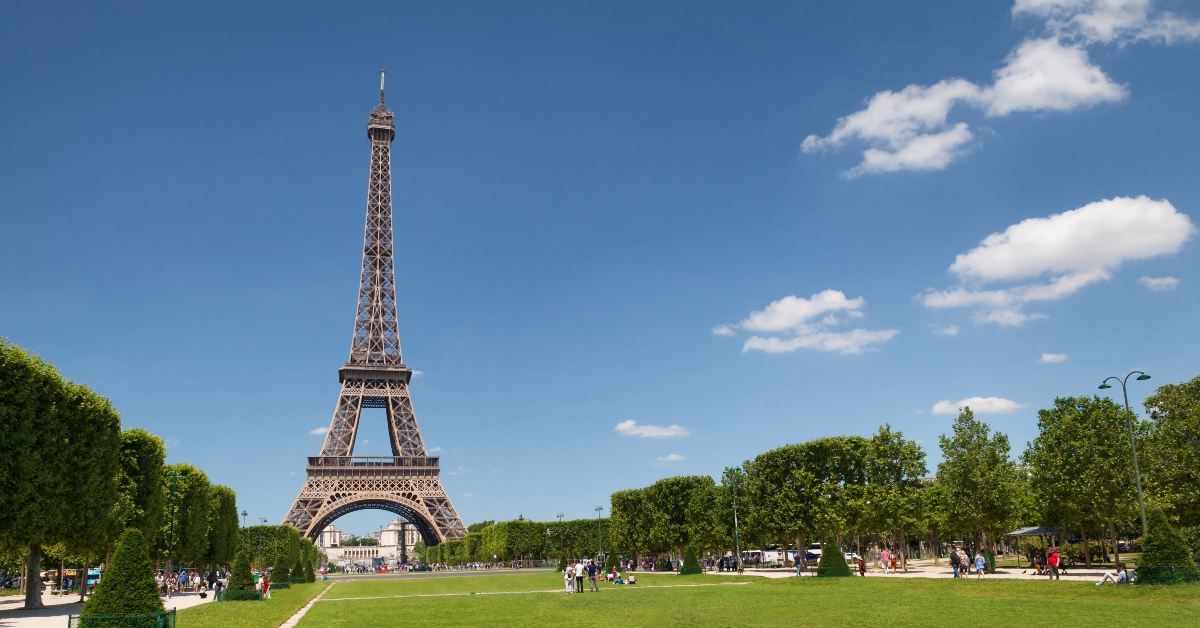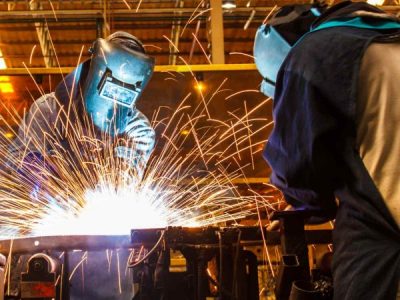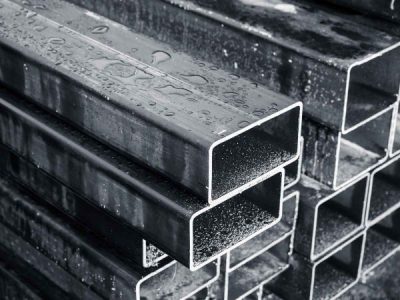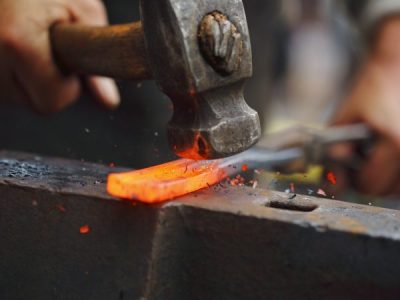Steel is spectacular! This ultra-strong and resistant iron alloy revolutionised the way humans live. What was once used scarcely for weapons and utensils is now a pillar of all modern buildings. The more our ancestors learned about steel, the more and more developed human society became.
Steel is a hard alloy, in principle, made from iron and carbon. However, steel fabrication is a science of its own. We’ve come a long way since forging impure steel in small furnaces. Now we can choose the amount of carbon used, the quality of iron in the smelting process and add a variety of alloying elements to create steel for any use.
This versatile alloy has countless uses in your daily life. Here are 30 interesting facts about steel that you may not have known.
1. Steel is about 1,000 times stronger than the purest iron.
2. Steel can be recycled over-and-over without loss of strength, unlike most metals which lose some structural properties each time they are recycled.
3. Modern steel is made by combining iron ore, limestone and coke (a grey powder made from coking coal) in a blast furnace to make molten cast iron. Oxygen is blasted into the mixture to produce steel.
4. Coking coal (metallurgical coal) is used to create coke, one of the key ingredients needed for the production of steel.
5. The largest producers of coking coal are China and Australia.
6. It can take up to 200 years for steel to naturally decompose. It takes iron 100 years to decompose.
7. Steel is the primary construction material used in renewable energy devices like solar, hydro, and wind power collectors.

8. India produced the first true steel around 400 BC.
9. Steel is low-reactive and requires less maintenance than other metals.
10. More than half of the steel types we use in automobiles today did not exist a decade ago.
11. Steel roofs can last over 50 years, while traditional roofs last under 20 years.
12. In 2017 the steel industry sold US$2.5 trillion worth of products and created US$500 billion value added.
13. Water contamination is very low in steel production. Only 10% of water is lost during the steel making process and it’s mostly due to evaporation. The remaining 90% is cleaned, cooled and returned to the source.
14. Steelmaking began in Australia in 1840 after iron ore deposits were found in South Australia.
15. According to the WSA (World Steel Association), there are more than 3,500 different grades of steel.
16. More than 100,000 Australians are employed in the steel industry.
17. The Australian steel industry generates $29 billion in annual revenue.
18. Australia is recognised as a world leader in the use of high-tensile materials and coating technology.
19. Australian creates approximately 5.3 million tonnes of steel annually.
20. The first commercial steel alloy was discovered in 1868 when Robert F. Mushet added tungsten to steel. This made it harder and eventually was coined ‘tool steels.’
21. In 1922 Dodge was the first automobile brand to make a car from steel.
22. Refrigerators made before 2001 contain over 100 pounds of steel.
23. The Beijing National Stadium, which was built for the 2008 Olympics, is considered to be the largest steel structure in the world. More than 42,000 tonnes of steel was used to construct the steel structure.
24. Steel melts at around 1370 degrees celsius (2500°F).
25. Stainless Steel was discovered during a weapon experiment in 1913. UK metallurgist Harry Brearley discovered ‘rustless’ steel while trying to stop the deterioration of gun barrels at the beginning of WWI.
26. The earliest dated steel items are 4,000 years old – found in an excavation site in Anatolia.
27. Before the 1860s, steel was very expensive and only used in small quantities. Steel items were mostly swords, tools and cutlery. Cast iron or wrought iron were used for most large metal structures until steel became a more readily accessible and affordable material.
28. The steel industry rocketed upwards after Henry Bessemer developed the Bessemer converter. This device made steel production much more efficient and cheaper, allowing larger quantities of steel to be produced.
29. Because steel and iron expand when heated, the Eiffel Tower is approximately 6 inches taller in the summer than the winter.

30. Katana are traditionally forged using specialised Japanese steel called ‘Tamahagane’. This steel is created using a traditional smelting process that results in several, layered sheets of steel with different carbon concentrations. This process lowers impurities and makes stronger steel.
At E M Steel, we provide structural steel for residential, commercial and industrial projects. We also offer a range of fabrication services, including architectural and decorative metalwork. Steel is a versatile and long-lasting material which is perfect for building structures and features. If you’re looking for a supplier for all your steel needs, contact us!



